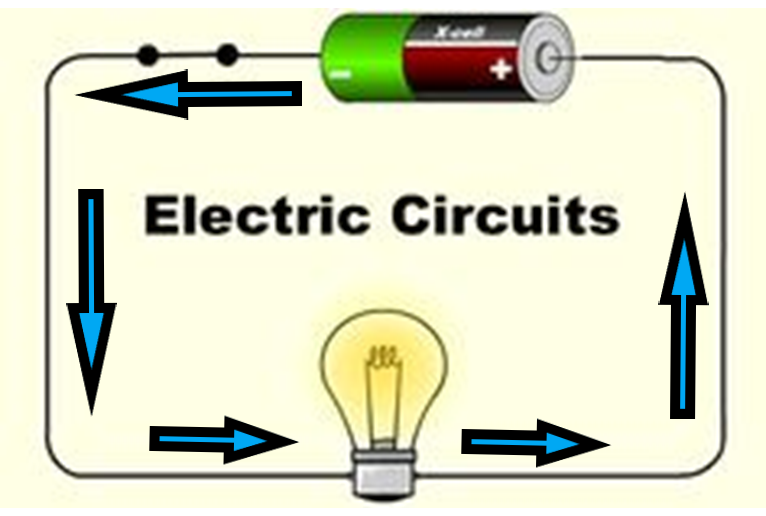From the dawn of time we have witnessed electricity as a primal force of nature in the form of lightning. The ancient Greeks would rub amber with a cloth and get small electric shocks – the same static electricity we experience when we rub our feet along the carpet and then touch something conductive, for example a metal bench or your friend. But it took us until early in the 19th century before we started to learn how to generate, control and harness this energy in a way that would change the world as we know it. It was not until the late 19th Century and early 20th Century before we began to understand how it worked. It started with simple circuits to produce light and heat, revelations that led to today’s digital revolution where the world’s economies have become reliant on electricity and would collapse without it.
The first electricians
Francis Hauksbee, a scientific instrument maker in the early 18th Century was one of the first to build a machine to demonstrate the concept of static electricity. He built a machine that rotated a hollow glass sphere that had the air sucked out by an air pump (also designed by Hauksbee). When you placed your hands on the rotating glass sphere, the machine generated static electricity that could be seen as an aura within the sphere. It was demonstrated to an audience of the Royal Society and it was one of the first demonstrations to suggest that electricity could be something other than amusement, though the initial use of Haukebee’s machine was by entertainers who used electricity to perform what we would consider magic shows. Back then people who experimented with electricity or used it to make entertainment called themselves electricians.
Stephen Gray has been called ‘the father of electricity’. In the 1720s and 30s, he used one of Hauksbee’s rotating spheres to demonstrate that he could create a charge and transfer that charge to another object and that electricity could be conducted through some materials, but not others. For a deeper insight check this Royal Society blog.
We still did not know how electricity worked. We were still only observing the phenomenon.
To understand what electricity is and how it works, it helps to understand the structure of the atom, knowledge that the scientists of the 17th through to the 19th centuries lacked when developing their ideas about the nature of electricity.
Atoms have a core (nucleus) that is made up of protons and neutrons. The protons carry a charge, the neutrons are neutral – no charge. Surrounding the nucleus is a cloud of charged particles known as electrons. Electrons have charge that is opposite to the charge on the proton.
It was in 1897 that J. J. Thompson experimentally determined the existence of the electron using devices called cathode ray tubes. Soon after finding the electron we learned that it was the loss and gain of electrons from the atom and the movement of the electron being drawn toward a positive charge that generates the flow of charge (electricity) in a circuit. See the Ask the physicists question, What is an atom? How small is an atom? for a deeper dive into the atomic world.
What we know now is that electricity, in any form, is the movement of charge (usually the electron) through a material. With static electricity, electrons build up on an object or area until there is sufficient potential or attractive force for a charge (electrons) to jump to an area with an overall positive charge. This is visualized in the form of a spark. In the case of static electricity that movement of electrons is through air and air is a good insulator, which is why in the case of lightning you need loads of electrons to build up in the clouds before they can make the explosive jump (a really big spark) all the way to the ground that is acting as the positively charged object (or object that is less negative than the electron charged atmosphere of the sky).
The electricity we harness for a lot of our needs today relies on a circuit. See Figure 1 below.

Figure 1. A closed circuit. The arrows show the direction of flow of the electrons through the circuit.
Electrons – the charged particles – can only move when there is a continuous (closed) circuit for the electrons to flow through. Any break in that circuit and the electrons will not flow and there will be zero current (electricity). An effective circuit needs a power or energy source, for example, a battery. The battery is a source of electrons (from the negative terminal) and it is the force that pushes the electrons through a circuit once you have a closed or complete circuit. There are also the electrons in the wires connecting the two battery terminals. In a closed circuit, the positive terminal of the battery will also pull electrons through a circuit because of the attractive force between the positive and negative charges.
Remember it is only the electrons that move through the circuit.
It is this flow of electrons in one direction through the circuit that creates the electric current and provides the energy to produce light, drive a motor, or cook our toast. The protons – or positive charged particles – are fixed and cannot move.
It would not be until the 20th century before we started to understand how electricity worked and that it was intimately connected to magnetism, but that is another topic altogether.
For more details and experiments to help understand more about electricity, see FLEET’s teacher resource, Electricity, conductors and insulators.
